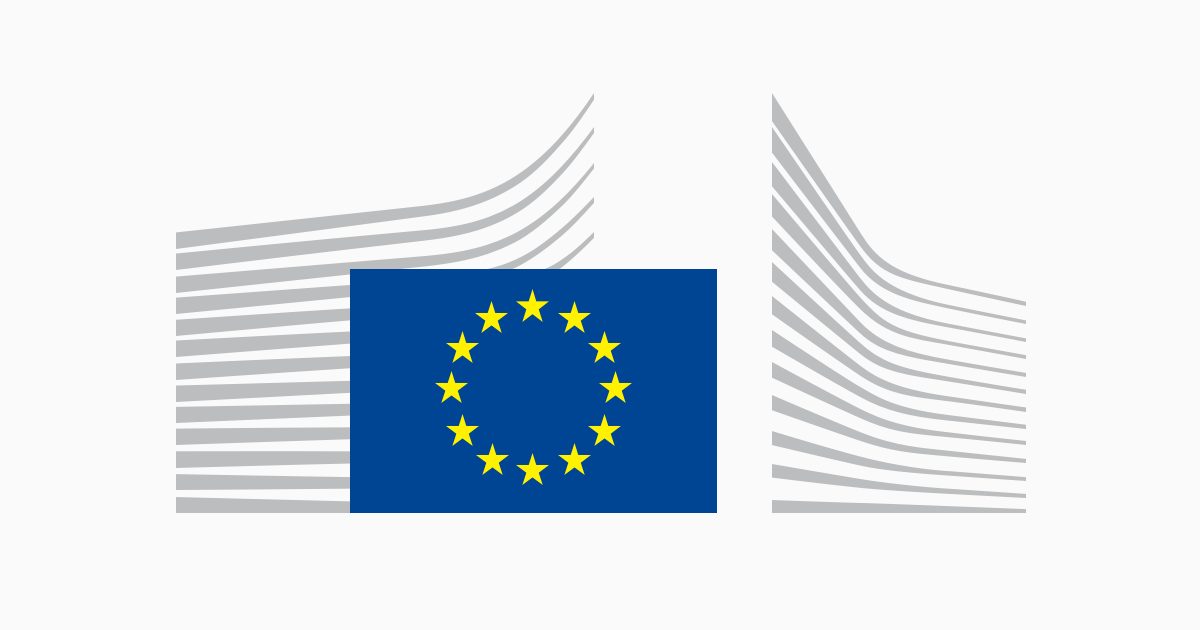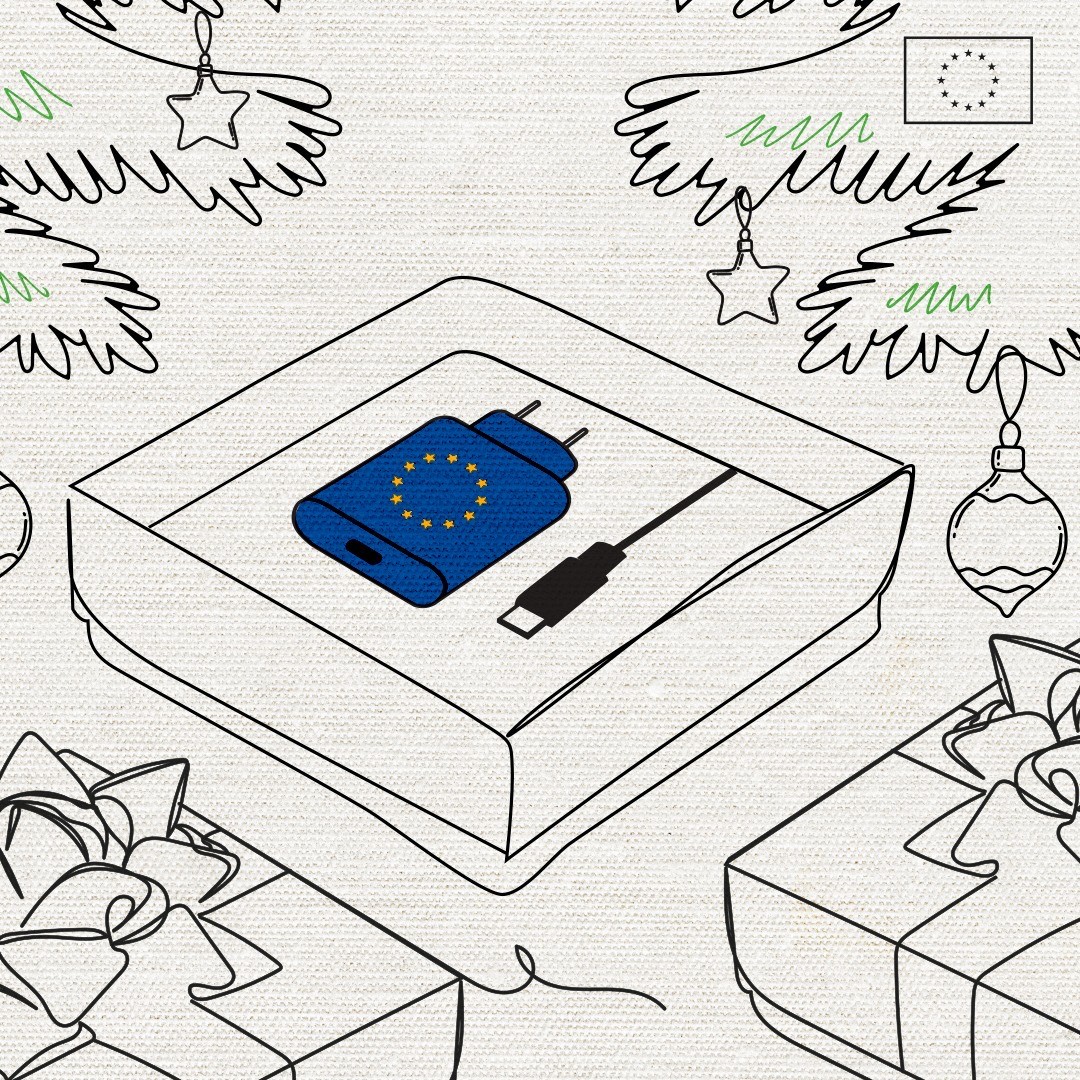cross-posted from: https://jlai.lu/post/3226934
The wait is finally over. From 2024, USB-C will be the common standard for electronic devices in the EU – and we have already seen the impact !
It means
- 🔌The same charger for all phones, tablets and cameras
- ⚡ Harmonised fast-charging technology
- 🔄Reduced e-waste
One charger to rule them all.
Now, a reality.
Learn more about the #EUCommonCharger here: https://europa.eu/!hwjj3G
Unbundling the sale of a charger from the sale of the electronic device .
The ‘common charging’ requirements will apply to all handheld mobile phones, tablets, digital cameras, headphones, headsets, portable speakers, handheld videogame consoles, e-readers, earbuds, keyboards, mice, and portable navigation systems as of 2024. These requirements will also apply to laptops as of 2026. Such transition periods will give industry sufficient time to adapt before the entry into application.
Consumers will be able to purchase a new electronic device without a new charger. This will limit the number of chargers on the market or left unused. Reducing production and disposal of new chargers is estimated to reduce the amount of electronic waste by 980 tonnes yearly
Producers will need to provide relevant visual and written information about charging characteristics, including information on the power the device requires and whether it supports fast charging. This will help consumers understand if their existing chargers meet their new device’s requirements and/or help them select a compatible charger. Combined with the other measures, this will help consumers to limit the number of new chargers purchased and save at least €250 million a year on unnecessary charger purchases.
L’attente est finalement terminée. À partir de 2024, l’USB-C deviendra la norme commune pour les appareils électroniques dans l’UE – et nous avons déjà vu son impact !
Cela signifie
- 🔌Le même chargeur pour tous les téléphones, tablettes et appareils photo
- ⚡ Technologie de charge rapide harmonisée
- 🔄Réduction des déchets électroniques
Un chargeur pour les gouverner tous. Maintenant, une réalité. Pour en savoir plus sur le #EUCommonCharger, cliquez ici : https://europa.eu/!hwjj3G
Les exigences de « charge commune » s’appliqueront à tous les téléphones mobiles portables, tablettes, appareils photo numériques, écouteurs, casques, haut-parleurs portables, consoles de jeux vidéo portables, liseuses électroniques, écouteurs, claviers, souris et systèmes de navigation portables à partir de 2024. Ces exigences s’appliquera également aux ordinateurs portables à partir de 2026. De telles périodes de transition donneront à l’industrie suffisamment de temps pour s’adapter avant l’entrée en application.
Les consommateurs pourront acheter un nouvel appareil électronique sans nouveau chargeur. Cela limitera le nombre de chargeurs sur le marché ou inutilisés. On estime que la réduction de la production et de l’élimination des nouveaux chargeurs permettrait de réduire la quantité de déchets électroniques de 980 tonnes par an.
Les producteurs devront fournir des informations visuelles et écrites pertinentes sur les caractéristiques de charge, y compris des informations sur la puissance requise par l’appareil et s’il prend en charge une charge rapide. Cela aidera les consommateurs à comprendre si leurs chargeurs existants répondent aux exigences de leur nouvel appareil et/ou les aidera à sélectionner un chargeur compatible. Combinée aux autres mesures, cette mesure aidera les consommateurs à limiter le nombre de nouveaux chargeurs achetés et à économiser au moins 250 millions d’euros par an sur les achats inutiles de chargeurs




This is great news, the only thing I’m wondering is what happens when USB-C becomes obsolete… or if it will ever be improved upon now that there’s a huge legal hurdle.
They’ll switch it again. They changed to USB-C from MicroUSB, no reason why the standard could not be updated as necessary.
Right but MicroUSB was not enshrined into law as a standard like this.
Tbh I’m conflicted because on one hand it’s great to have a common standard, but on the other this might very well impede progress. Also does USBC even provide enough wattage to power a gaming laptop?
Which doesn’t mean that it can’t / won’t be changed. It’s in the EU’s best interest to update the law should the industry push for a new standard, so they will. Of course USB-C can and will be updated to handle newer protocol & charging specs over time, so it’ll be a long time before that’ll be necessary.
I really don’t see how it realistically could. Look at the history of mobile phones so far. Almost the entire industry standardized around USB on their own rather early, and deviations from this (e.g. Apple) only very briefly provided an actual consumer benefit before they became horrible nuisances and cash grabs. The industry has and will continue to develop improvements to the USB spec, and now thanks to this law no-one is allowed to deviate from the common standard anymore. It’s a win for everyone except companies that want to cash grab on proprietary bullshit.
It supplies up to 240 watts with USB-PD. The standard just says they need to be chargeable via USB C though — it doesn’t forbid additional charging connectors (like Apple’s magsafe or the barrel jacks found often on gaming laptops).
Good point with that last bit, I have a gaming laptop that comes with a big DC Barrel plug and power brick, which is essentially needed for playing games. However, it also lets you charge with USB-C which is what I use when travelling/doing productive work. I see no reason why this approach can’t be applied more regularly, as it increases flexibility and maintains compatibility with the standard.
Yep. My MacBook pro comes with a magsafe cable and beefy power brick, which is great, but I end up mostly just using a smaller brick and USB-C because I can charge my phone with the same cable. The smaller brick doesn’t hit the max wattage of the thing, but I barely max it out anyway, so it ends up totally fine. Plus all of the MacBook’s USB-C ports accept charge, meaning you can plug it in on either side. Add to that that I can just use one additional small USB C cable to also charge my phone through my laptop all at the same time.
This level of flexibility is just amazing, and I dread thinking back to the days when you had to travel with 4 different chargers for all your tech. Now a single one is enough!
I do find it somewhat ironic how much they have embraced USB-C on laptops and tablets, yet were essentially forced to add to their phones.
USB-PD is something that continues to evolve over time, so if usb-c doesn’t power a gaming laptop right now, they’ll make it work down the road
I think wireless will eventually take over.
My biggest concern is really powerful laptops. Mine sometimes uses 250 watts when doing heavy photogrammetry, which is higher than even the new PD standard for USB-C.
I’m not sure that wireless will. Induction charging a laptop at 250W seems like it could conceivably turn your laptop into a nice cooktop.
At the same time, there’s a few years until then, and USB-PD is an actively evolving standard. It doesn’t seem implausible for the consortium to extend the standard for high power charging at some point in the next 2+ years, seeing as it was 100W not that long ago.
Oh, I don’t see wireless doing 300 watt performance laptops, no.
I’m sure they’ll push the standard as much as possible, but when it comes down to it the connectors can only handle so much current, and unless they make exceptions for exceptionally powerful devices, we’re going to have to start plugging in 2 power wires as performance laptops become increasingly power-hungry.
Edit: I’m wrong. The law specifically exempts devices requiring more than 100 watts, and also didn’t require that PD be the only way to charge.
And my performance laptop will run off PD just fine when I’m just doing email or Excel, so I do use a PD docking station pretty often.
I responded to someone else, but I have a gaming laptop that needs the DC Barrel plug for playing games, but also lets you charge it with USB-C (useful for traveling). That would meet the standard set forth, as it is compatible with USB-C charging.